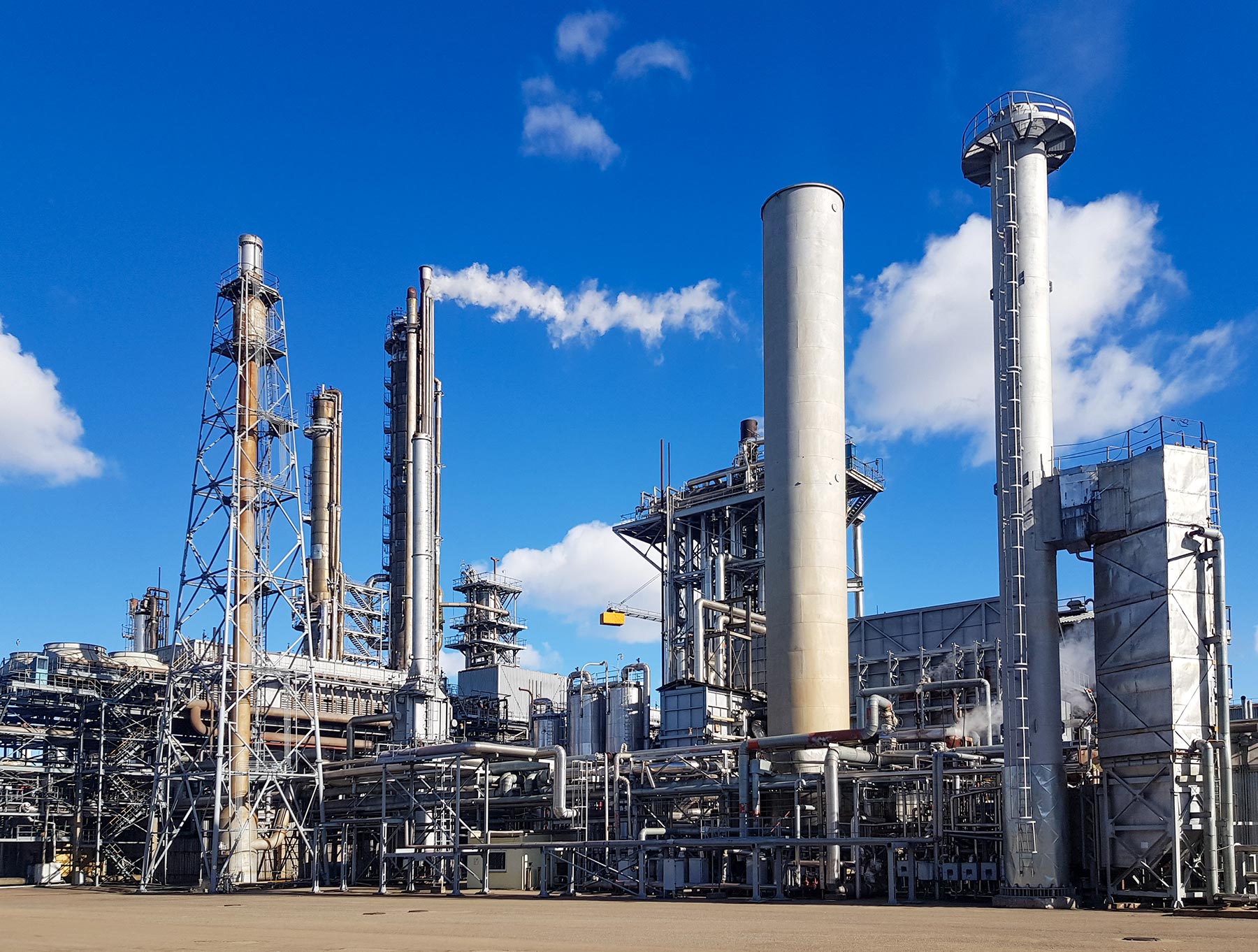Revolutionizing Fertilizer Production: The Quest for Low-Carbon Ammonia
Key Ideas
- Industry is shifting towards sustainable ammonia production to combat climate change, focusing on low-carbon technologies.
- Blue Ammonia, Green Ammonia, Electrochemical Ammonia, and Plasma-Catalysis Ammonia are promising low-carbon ammonia production methods with varying advantages and challenges.
- The development and adoption of these innovative technologies are crucial for decarbonizing ammonia production and contributing to the energy transition.
- Collaborations among industries, governments, and academia will be key in advancing these sustainable technologies for a low-carbon ammonia industry.
The article discusses the urgent need for sustainable manufacturing processes for ammonia, a crucial component in fertilizer production. Traditional ammonia production methods are carbon-intensive, relying on fossil fuels. To address this, various low-carbon technologies are being developed to decarbonize ammonia production. The article outlines four promising approaches: Blue Ammonia that captures CO₂ emissions from natural gas-based hydrogen production, Green Ammonia produced by electrolyzing water with renewable energy, Electrochemical Ammonia using electrochemical cells, and Plasma-Catalysis Ammonia with non-thermal plasma reactors. Each technology offers unique benefits and challenges, highlighting the shift towards sustainable practices in the industry. The article emphasizes the importance of collaboration between stakeholders to drive innovation and investment in low-carbon technologies for ammonia production. As the world aims to reduce reliance on fossil fuels and combat climate change, these advancements in ammonia technology play a significant role in achieving a greener and more sustainable future.
Topics
Production
Renewable Energy
Climate Change
Technology
Innovation
Sustainability
Carbon Reduction
Fertilizer Industry
Sustainable Agriculture
Latest News
